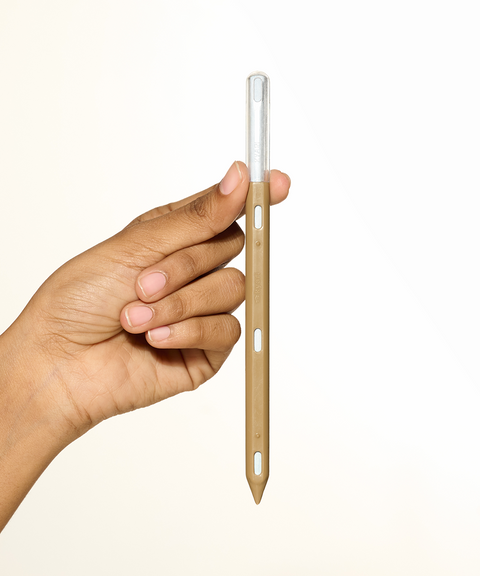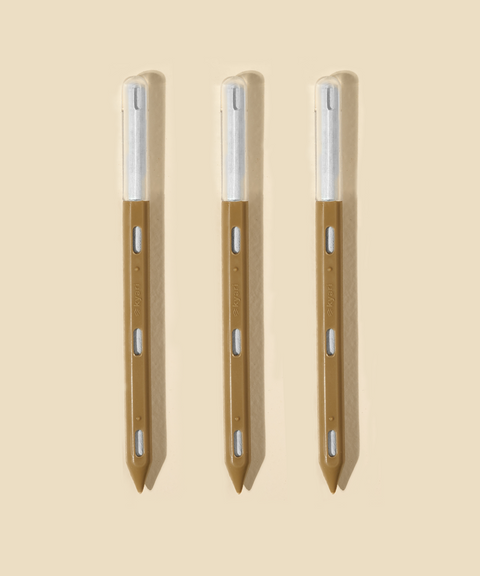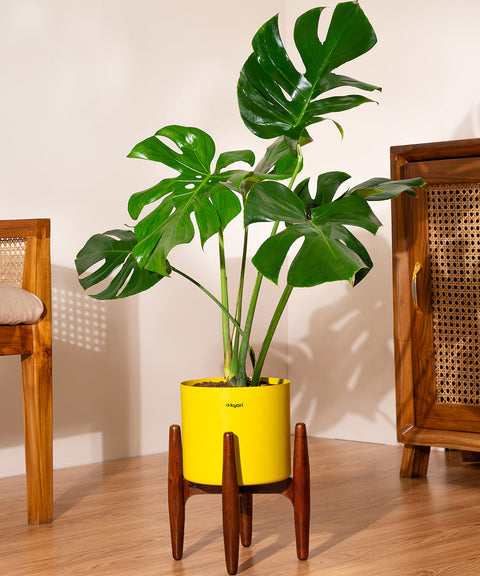About
Bamboo Plant
The Bamboo plant, renowned for its rapid growth and minimalist elegance, is a symbol of strength and flexibility. This versatile plant can thrive indoors and adds a touch of natural beauty to any space.
Origin
Native to Asia, particularly China and Japan.
Light
Prefers bright, indirect light but can tolerate low light conditions. Bamboo can adapt to various light environments, though it thrives best in well-lit areas. Avoid direct sunlight to prevent leaf burn

Water
Keep the soil consistently moist but not waterlogged. Bamboo prefers even moisture and can suffer from root rot if overwatered. Ensure the pot has adequate drainage to prevent water from accumulating
Humidity
Thrives in average household humidity but appreciates occasional misting. Bamboo can adapt to varying humidity levels, making it versatile for different indoor environments.
Bamboo grows so quickly that it’s the Usain Bolt of the plant world! Bamboo has been a symbol of strength and resilience in Asian cultures for centuries. In fact, ancient Chinese scholars used to meditate in bamboo groves, believing it brought clarity and peace. Having bamboo at home is like inviting a zen master into your space, teaching you the art of staying strong and flexible, no matter what life throws at you!
Placement
Bamboo is known for its positive energy and flexibility. Here’s where to place it
Adds a touch of greenery and improves air quality. Position it near a window with indirect light to showcase its elegant stems.
Enhances focus and brings positive energy. The presence of bamboo can create a more serene and productive workspace.
Promotes a restful sleep environment by purifying the air. A bamboo plant in the bedroom can help create a calming atmosphere.
Frequently Asked Questions
The ideal temperature for a Bamboo plant is between 60°F to 80°F (16°C to 27°C). It prefers warm
Keep the soil consistently moist but not waterlogged. Adjust the frequency based on light exposure and indoor climate
Bamboo plants prefer bright
Place your Bamboo plant in a bright
Trim off any dead or yellowing leaves and ensure the plant is free from dust. Regular pruning helps maintain its shape and encourages new growth.
Yellowing leaves can be caused by overwatering or poor drainage. Improve drainage and reduce watering.
Brown leaf tips indicate low humidity or underwatering. Increase humidity and ensure consistent watering.
Keep the plant clean by wiping the leaves and inspecting regularly for pests. Use insecticidal soap if necessary. Bamboo can be susceptible to spider mites and mealybugs.
Stunted growth can indicate insufficient light or nutrient deficiency. Move the plant to a brighter location with indirect light and consider adding a balanced fertilizer.
Yellow leaves can indicate overwatering. Allow the soil to dry out between waterings and ensure the pot has adequate drainage.
Buy Now

![]() Perfect Gift
Perfect Gift
![]() Air Purifying
Air Purifying








 Limited Time Deal
Limited Time Deal
 BYOB - Small Plants
BYOB - Small Plants









































































































